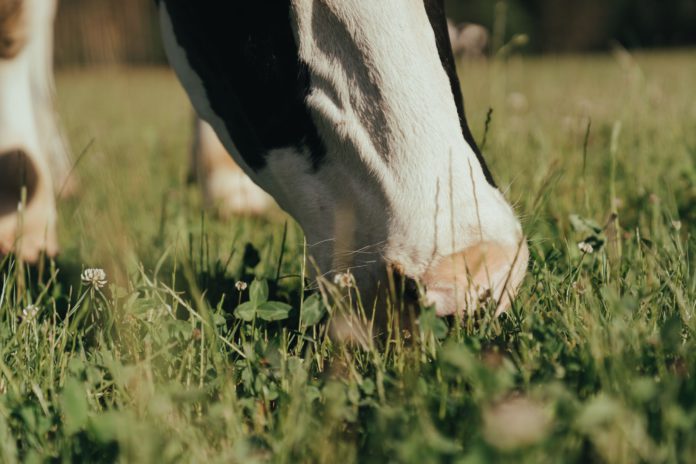In this news article, Michelle Mc Grath, CellCheck assistant programme manager, at AHI (Animal Health Ireland), urges dairy farmers to take stock of your problem cows now.
Mid-lactation is an opportunity to review how your herd is performing.
If you notice your bulk tank somatic cell count (SCC) starting to creep up slightly during the summer months, do not ignore it.
It is likely to be because the number of infected quarters in your herd is increasing a little. This, in turn, can lead to more infected quarters but do not assume it will ‘settle down’.
Act now and set your herd up well for late lactation, with minimal mastitis infections and maximum milk production.
So what is a problem cow?
A cow that has had 3 or more clinical cases of mastitis during her lactation, or that has had an average SCC of 200,000 cells/mL or higher in two consecutive lactations, despite antibiotic treatment during the dry period, is a problem cow.
Cure rates for mastitis vary, and it is worth remembering that some of these problem cows can not be cured.
How can milk recording help?
Milk recording your cows regularly allows you to easily see what is happening within your herd.
It is the best tool you have to establish which cows are the most profitable in your herd while also identifying cows with a high SCC, indicating subclinical mastitis.
After teat disinfection, milk recording is the next most important tool in dealing with high SCC and mastitis.
These problem cows are not only costing you money, which is sometimes not apparent, but they can also be a source of infection for healthy cows.
Milk recording is also the most reliable way of collecting individual cow information required to identify the cows that will need a dry cow antibiotic.
Herds that milk record get a CellCheck summary report, along with an individual cow information report after each milk recording.
To achieve the full benefit of milk recording, it is important to look at these reports carefully.
They give an overview of the key areas of mastitis control, highlighting the areas of good mastitis control and the areas that could be improved.
If you are not used to interpreting the reports, do not be afraid to ask your milk recording organization, vet, farm, or co-op advisor to help you navigate them.
The reports show how your herd is performing in relation to the recommended targets.
One target is to have less than 15% of the herd with an SCC above 200,000 cells/mL.
Reports
The report also shows the spread of infection during lactation by comparing SCC levels in consecutive recordings in each cow.
This identifies those cows that have been recently infected, if their SCC is above 200,000 cells/mL in the most recent recording or that are persistently infected, if they have had two consecutive recordings with an SCC above 200,000 cells/mL.
If you have not done so already, book a milk recording and use the records to identify cows with a high SCC and make a plan around the best approach to dealing with them.
For example, drying off problem quarters may be a sensible option. Alternatively, some cows may need to be culled when milk yield allows, so make the decision easier and do not breed them now.
With the recent drop in milk prices, it may make more sense economically, to cull these cows sooner rather than later.
Other farming news articles on www.thatsfarming.com:





